-
Female American Redstart
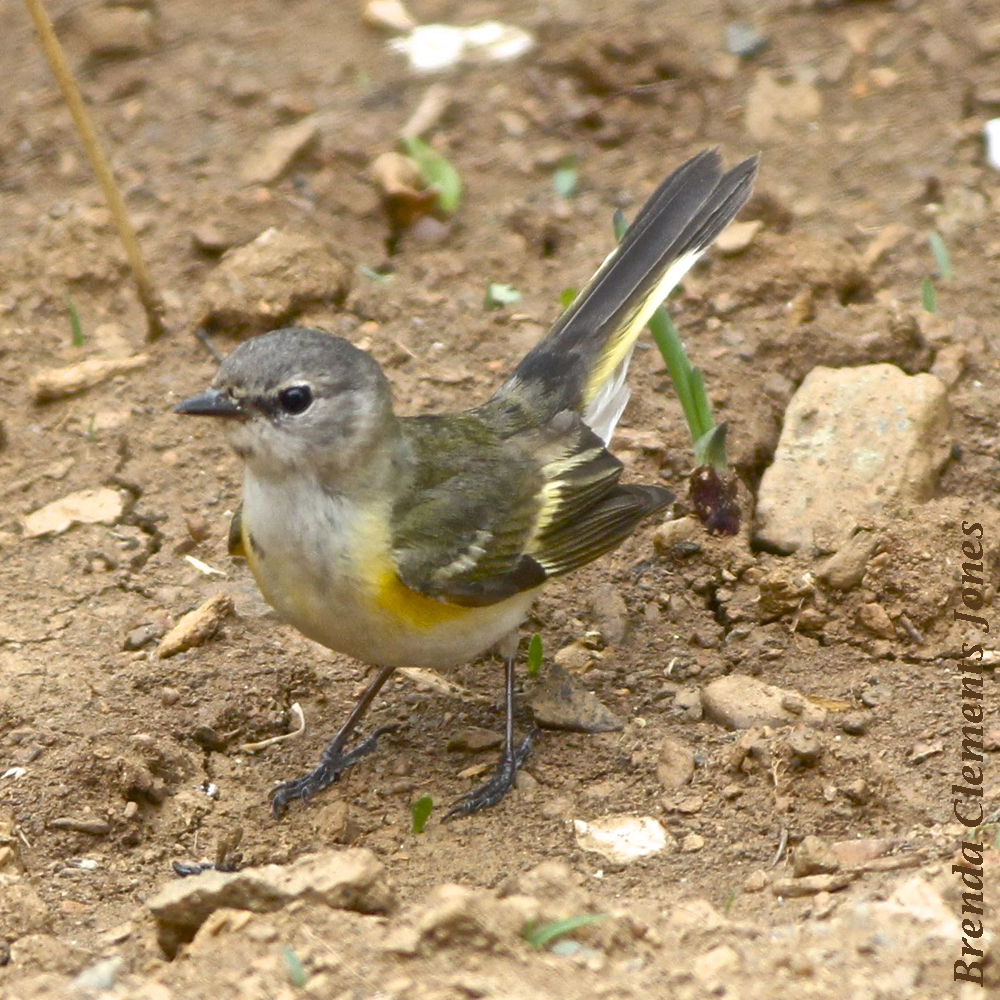
She’s a faithful daily visitor. A female American Redstart (Setophaga ruticilla). Many times a day I’ll see her either patrolling the garden in her search for insects or more often splashing around in one of the birdbaths. I can’t stress strongly enough, the birdbaths I have in my garden areas are used often. Right now,…
-
Scarlet Tanager
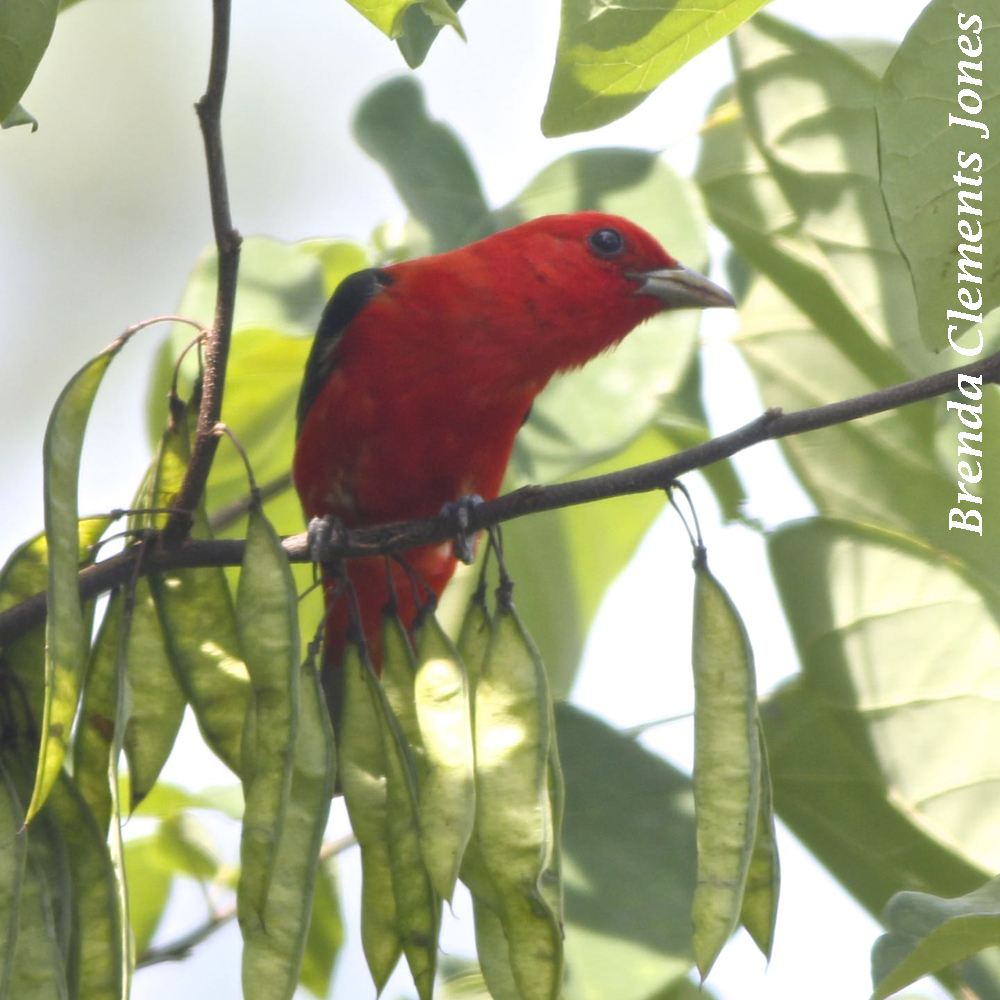
They winter in South America. And their little wings carry them a humongous number of miles to get to their breeding grounds in eastern North America. Scarlet Tanager (Piranga olivacea). Male Scarlet Tanagers are that perfect color combination of brilliant red and black. Smart birds, they’re my favorite colors to wear too. The females are…
-
American Redstart
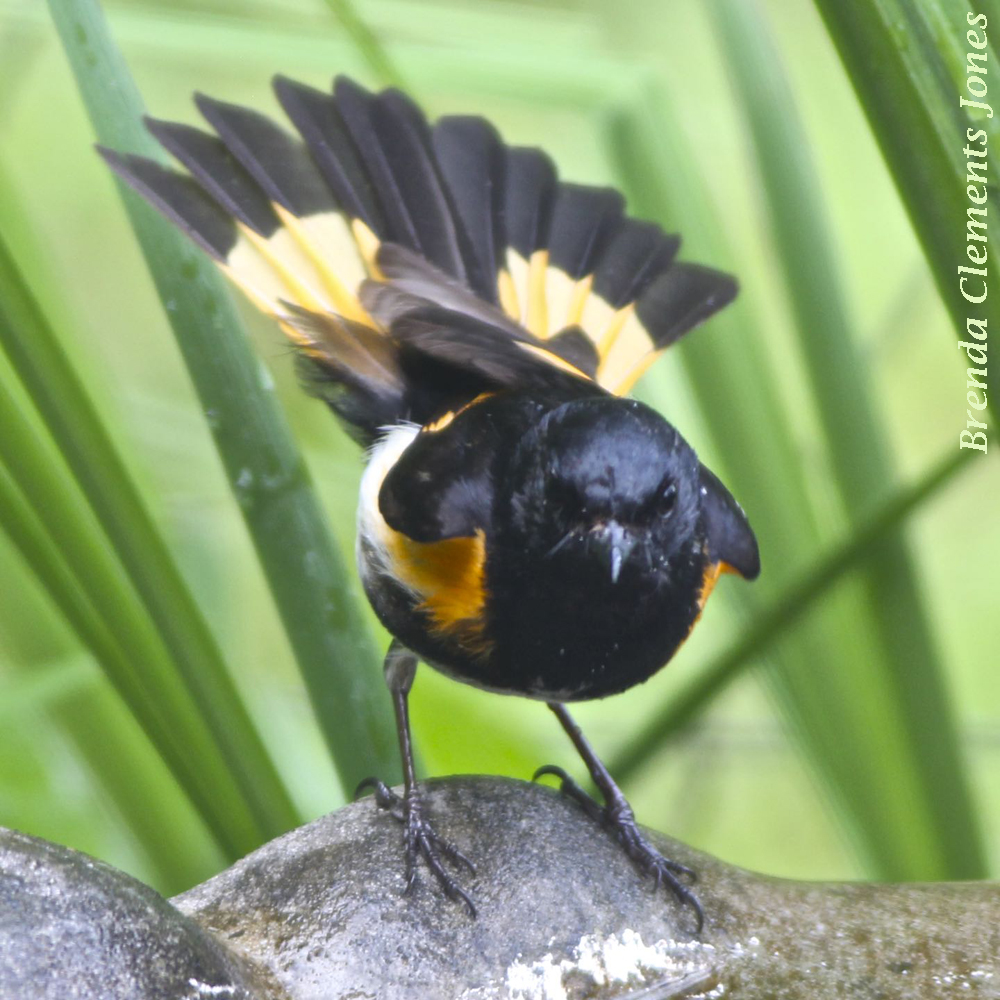
Hallelujah! More of my summer birds have arrived! A few days ago I mentioned that both male and female Ruby-throated Hummingbirds have presented themselves. Now, this morning I spotted my first American Redstart (Setophaga ruticilla). A male, looking quite handsome in his striking black and orange feathers. The female of this species is also quite…
-
Downy Woodpecker
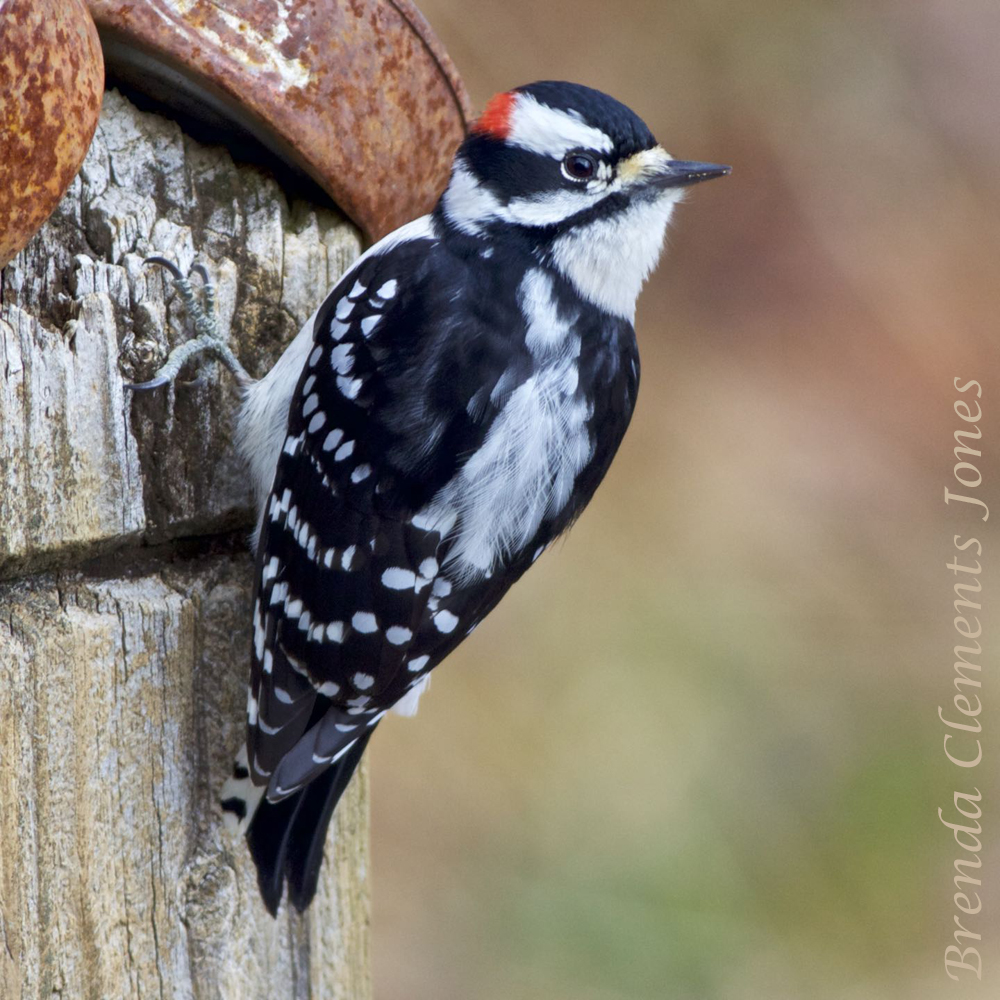
The Downy Woodpecker, Picoides pubescens. A permanent resident here and in most places in their native range. That range, with the exception of the desert southwest and the tundra of the north, is nearly all of Canada and the United States. But in the northern portions of their territory, some may wander a bit south…
-
Cedar Waxwings
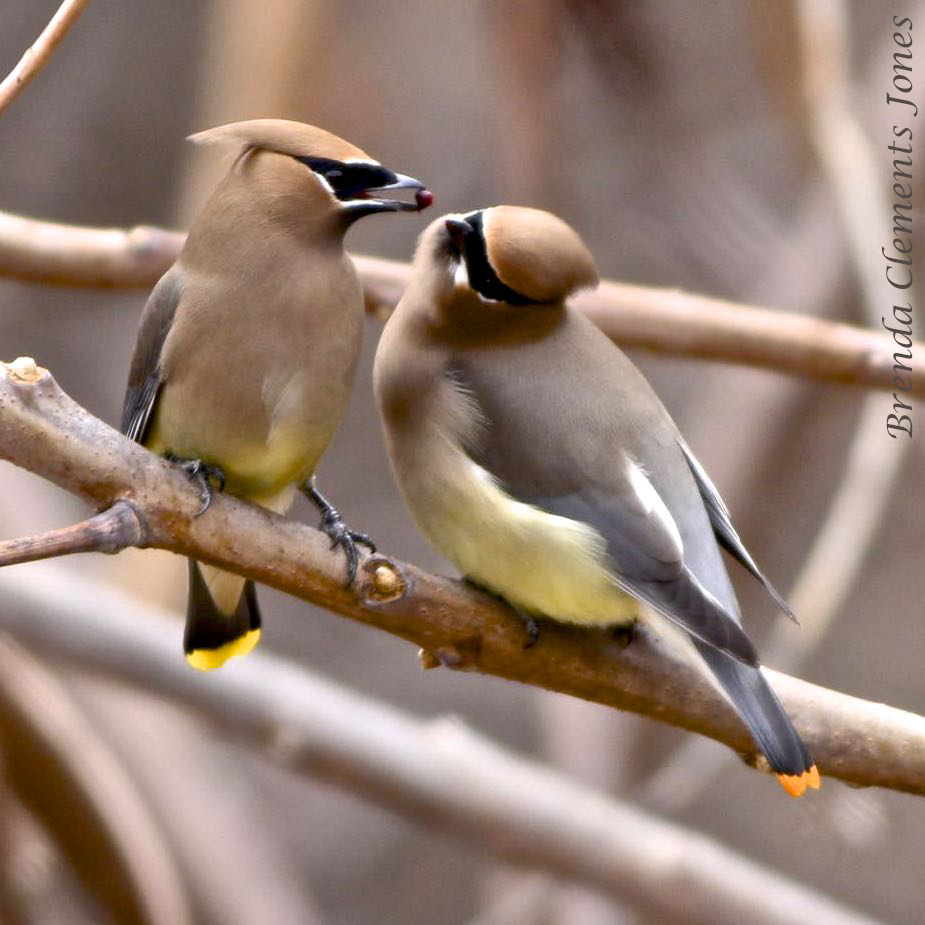
Perhaps you’ve seen this photo in the past. It’s one of my favorite images of the many many that I’ve taken. Surely I’ve used it before. These Cedar Waxwings (Bombycilla cedrorum) are performing a mating ritual in which the pair pass a treasure (in this case a sumac berry) back and forth. No telling which…
-
More Eastern Phoebes
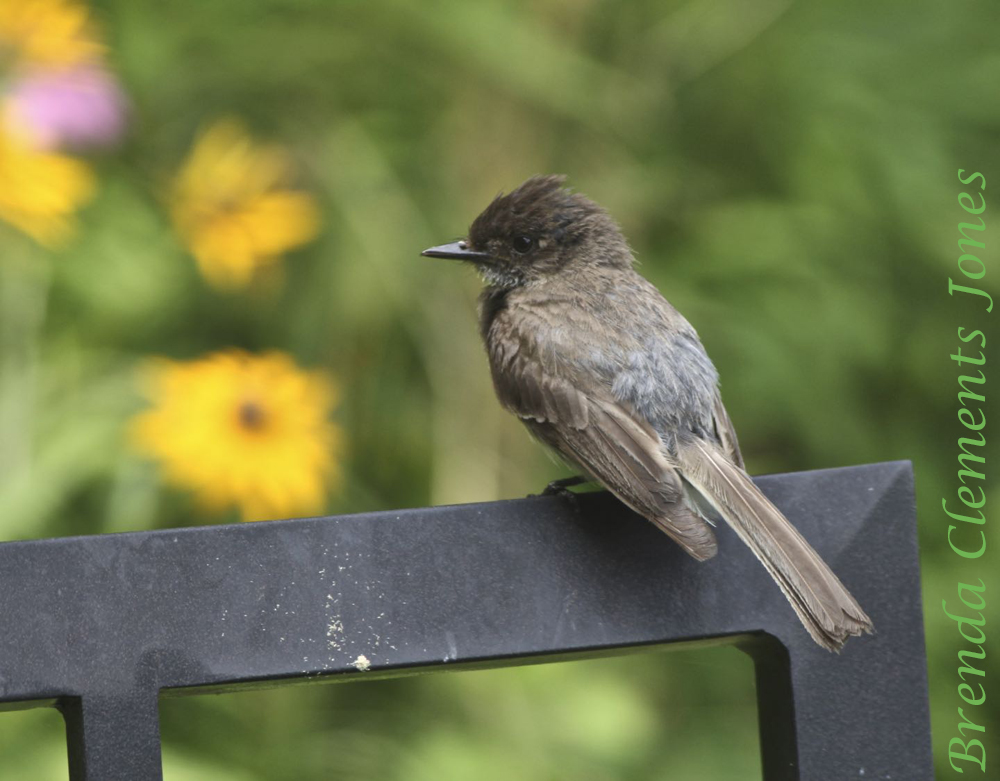
That bobbing of the tail and saying its name makes identification of the Eastern Phoebe (Sayornis phoebe) mighty easy. Many bird songs baffle me, but this one is easy. Just think “fee-bee” (Phoebe) and you’ve got it. I was delighted as I was refreshing my memory about what Phoebes eat to see that they not…
-
Song Sparrow
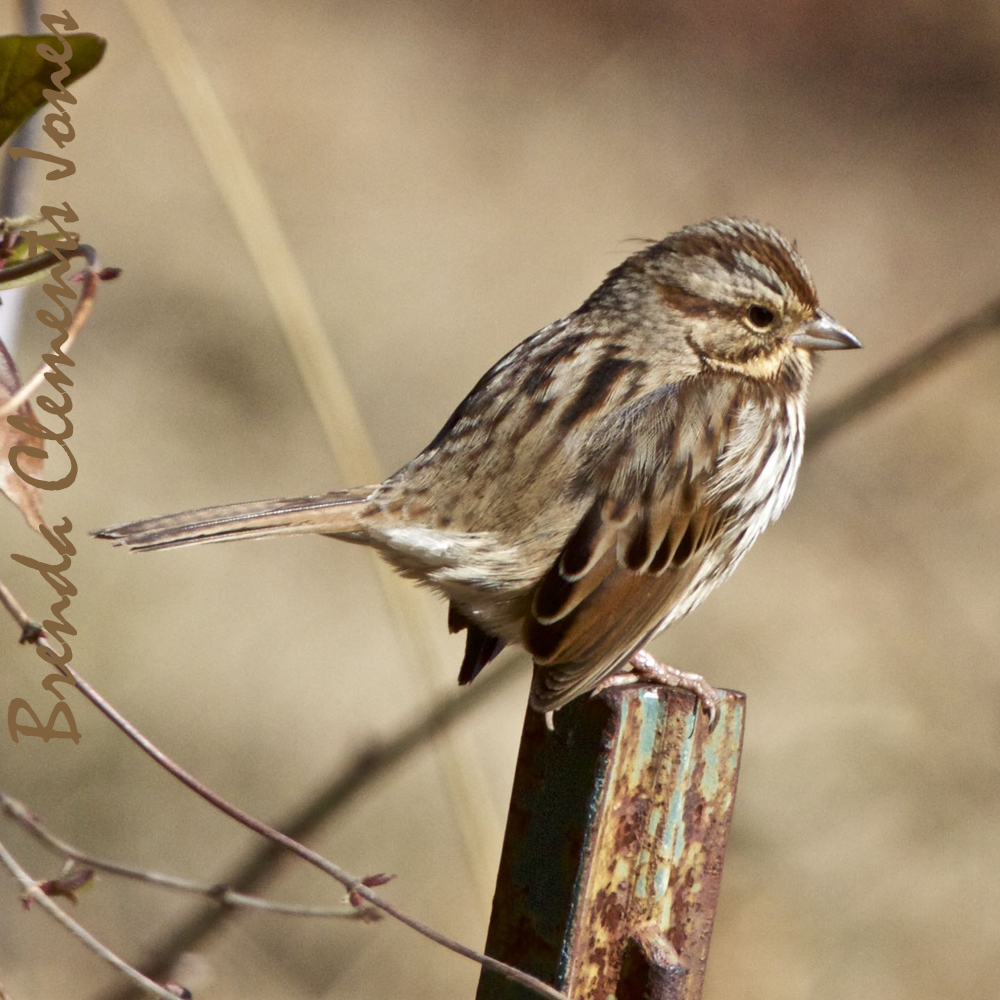
Some might think this an LBJ. A little brown job. But certainly deserving of more distinction than that. This, a Song Sparrow (Melospiza melodia) and a master of camouflage. A bird that is known for its rich collection of songs. Quite the crooners, males use their songs to identify their territory and to attract females.…
-
Yellow-rumped Warblers
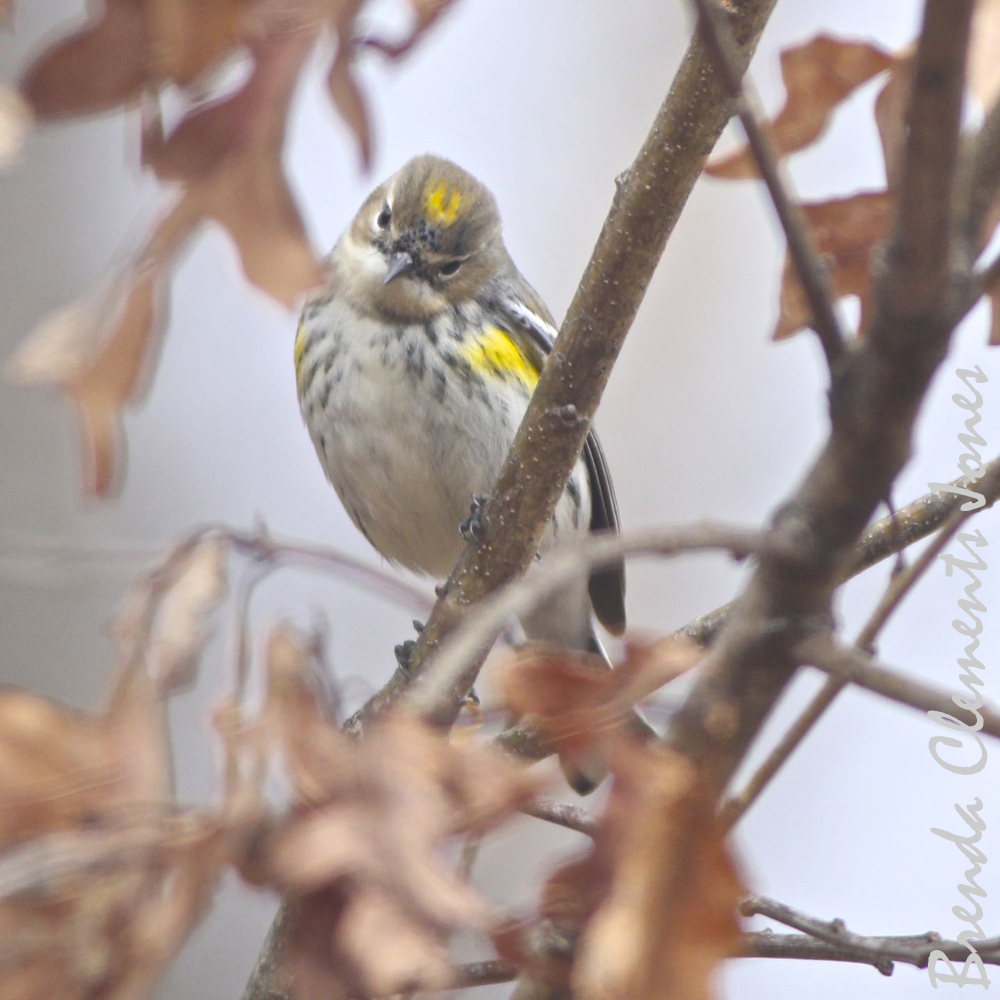
An occasional visitor to my bird bath, in Virginia’s Blue Ridge Mountains. A Yellow-rumped Warbler (Setophaga coronata). Fondly called Butterbutts by birders. If you don’t have a bird bath, I sure recommend one equipped with a water warmer to keep the water from freezing during the coldest that winter can throw at you. These warblers…
-
Hermit Thrush
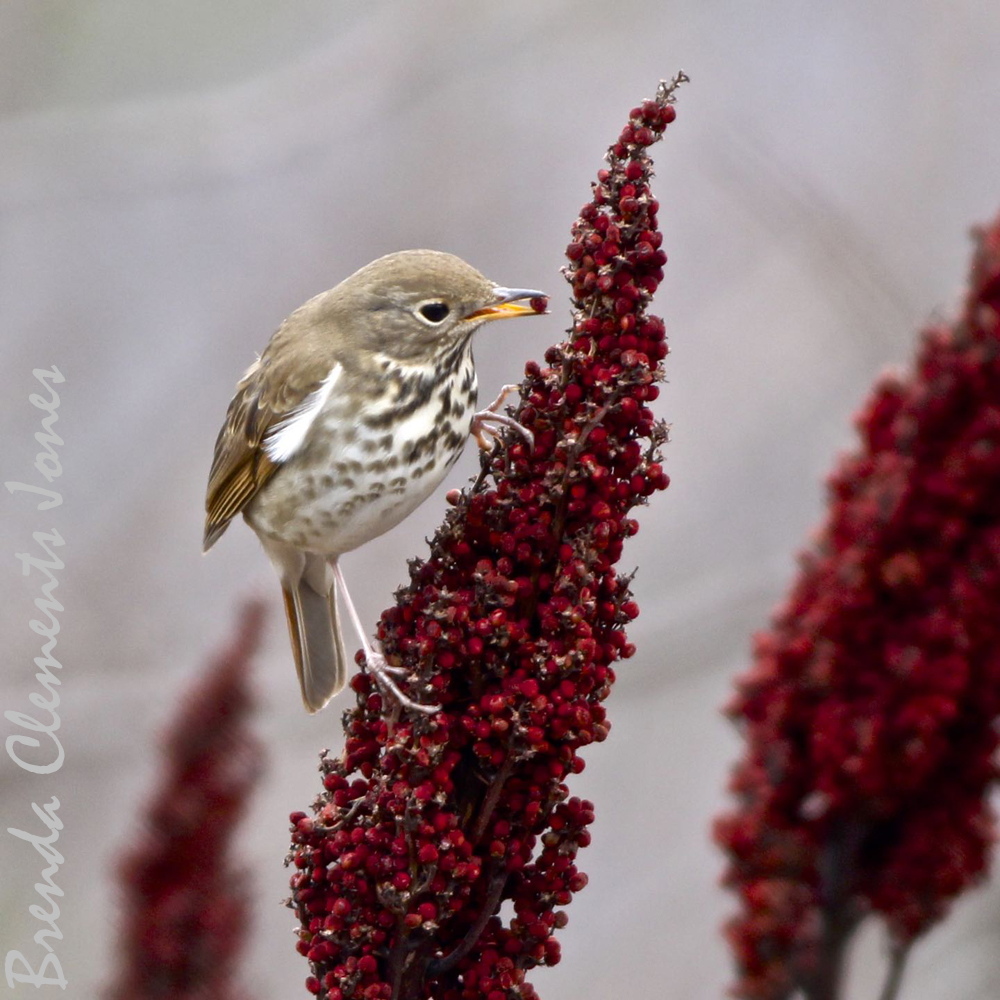
After an absence of a couple months, they’re back at my berries and birdbath again. This is a Hermit Thrush (Catharus guttatus) going after berries of Smooth Sumac, which is a small tree that I really enjoy having in my yard because it attracts such interesting birds. I’ve tried to figure out how to entice…
-
Yellow-rumped Warbler

Yellow-rumped Warblers, Setophaga coronata, have to come to visit for the winter. They’re also affectionately referred to as Butter Butts. When insects are available, that’s their meal of choice but here, in the cold months, they will settle for goldenrod seeds, and the berries of juniper, poison ivy, poison oak, greenbrier, grapes, Virginia creeper and dogwood. Some people are able to entice them…